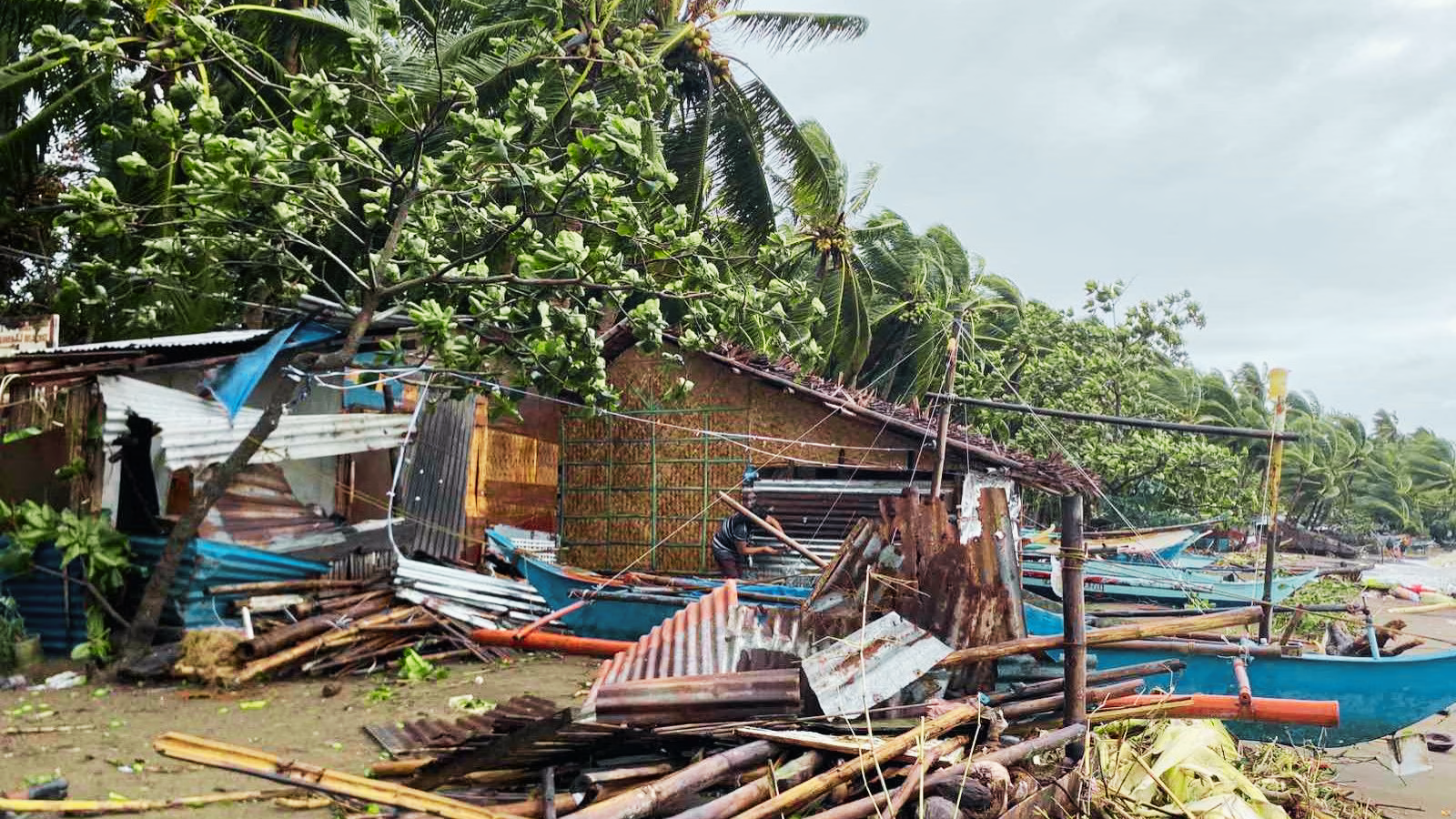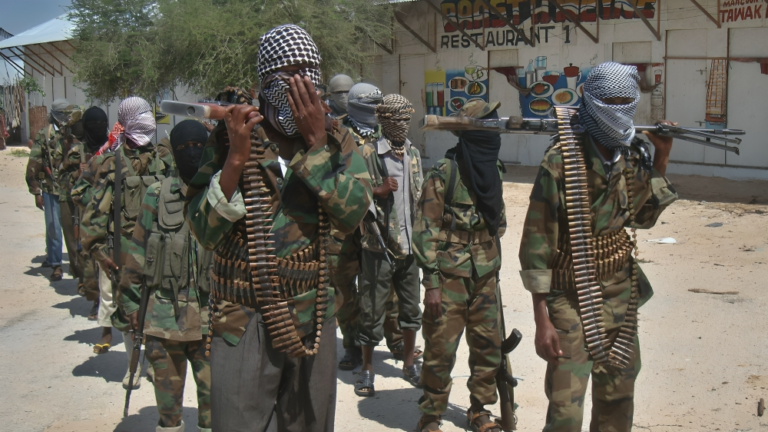A powerful Typhoon Kalmaegi has struck the central Philippines, leaving at least 26 people dead and forcing hundreds of thousands into evacuation shelters. The storm made landfall early on Tuesday morning, unleashing torrential rains and severe flooding across coastal and inland areas.
According to officials, the island of Cebu has been among the hardest hit, with 21 confirmed deaths so far. Entire towns were inundated as muddy floodwaters swept away cars, trucks, and even massive shipping containers, leaving widespread destruction in their path.
The Philippine weather bureau reported that in the 24 hours leading up to landfall, 183 millimetres of rain fell in Cebu City and surrounding areas — far exceeding the monthly average of 131 millimetres. Experts said this abnormal rainfall was the primary cause of the catastrophic flooding.
Rafaelito Alejandro, deputy administrator of civil defence in Cebu, confirmed the rising death toll and warned that the number could increase as rescue operations continue. Emergency teams are still working to reach stranded residents, many of whom were forced to climb onto rooftops to escape the rising waters.
The typhoon has not only caused significant loss of life but also inflicted widespread damage to infrastructure, including roads, bridges, and power lines. Entire neighbourhoods remain submerged, and communication in some areas has been cut off.
Disaster officials fear the situation could worsen in the coming days as floodwaters continue to rise and landslides threaten already vulnerable communities. Relief operations are underway, but authorities have acknowledged that the scale of the destruction poses a major challenge.
Typhoon Kalmaegi’s impact underscores the Philippines’ vulnerability to extreme weather events. The country, located in the Pacific “typhoon belt,” experiences an average of 20 tropical cyclones each year, many of which cause devastating floods and landslides.
As rescue and recovery efforts continue, officials are urging residents in affected areas to remain in evacuation centres until conditions improve. The government has also appealed for international assistance to help manage the humanitarian crisis.












+ There are no comments
Add yours